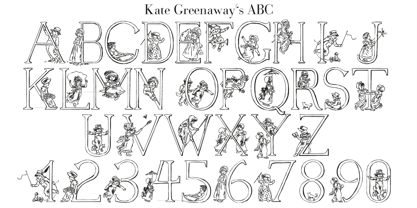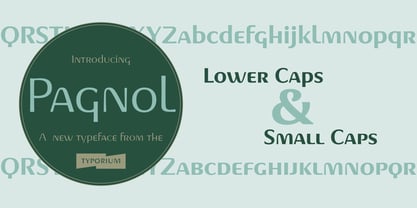10,000 search results
(0.089 seconds)
- Shady Characters - Unknown license
- Rx-FiveFive - Unknown license
- Split Enzymes - Unknown license
- Rx-OneOne - Unknown license
- Rx-ZeroFive - Unknown license
- Rx-OneZero - Unknown license
- MC Twinkle Star - Unknown license
- Dirty Flamingo - Unknown license
- Bifurk - Unknown license
- Covington - Unknown license
- el Diablo - Unknown license
- Dispute - Unknown license
- Plasmatica - Unknown license
- Avondale - Unknown license
- Kate Greenaway's Alphabet by Wiescher Design,
$49.50 - Pagnol by Typorium,
$15.00 - Moderna - 100% free
- Magnificent - Personal use only
- Cantebriggia - 100% free
- Day Roman - Unknown license
- Charterwell - 100% free
- JFWildWood - Unknown license
- KleinKarpets - Unknown license
- Tia Marcia - 100% free
- Decorlz - Unknown license
- JFSnowbiz - Unknown license
- Birdman - Unknown license
- Chunk-a-Chip - Unknown license
- trashco - Unknown license
- Zenda - Unknown license
- Barnard - 100% free
- MonAmourFraktur - 100% free
- Bopollux - Unknown license
- ArmadaPirata - 100% free
- Brothers of Metal - Unknown license
- Tikitype - Unknown license
- Rateline by Essentials Studio,
$16.00 - Typewrither by PizzaDude.dk,
$20.00 - Dinosaur by Daniel Uzquiano,
$30.00 - Malamondo by Fenotype,
$19.95





































